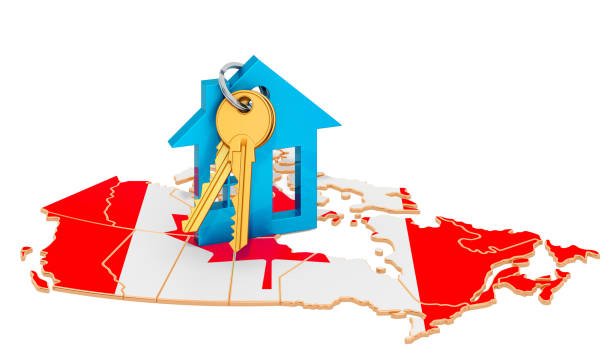
Newsletter Subscribe
Enter your email address below and subscribe to our newsletter


Enter your email address below and subscribe to our newsletter

• What is a Blend and Extend Mortgage?
• Why Canadians Use This Strategy in 2025
• Real-Life Example: Arjun & Meena’s Mid-Term Refinance
• How Is the New Blended Rate Calculated?
• When Does a Blend and Extend Make Sense?
• Blend and Extend vs Breaking Your Mortgage
• Can You Still Refinance with a Blend and Extend?
• Risks and Downsides to Know
• Final Thoughts from a Mortgage Expert
Imagine locking into a 5-year mortgage at 3%, and then midway through the term, rates start rising fast — like they did in 2023 and 2024. You want to access home equity or lock in for longer, but breaking your mortgage early would cost thousands in penalties. That’s where ‘blend and extend’ mortgages come in — a way to reset your term and rate without paying the huge penalty. In this guide, we’ll explain how it works, when it’s a smart move, and whether it could help you save money in 2025.
A blend and extend mortgage is when you take your current mortgage rate and ‘blend’ it with a new one, then extend the term. You’re not breaking your mortgage — you’re modifying it. Think of it like merging two loans: the old one and the new one. This lets you extend your amortization or lock in for longer at a new blended rate, without triggering a penalty for early termination.
In 2025, with mortgage rates still high compared to the ultra-low rates of 2020 and 2021, many homeowners are feeling stuck. They want to refinance to access equity or lock in a longer term, but early break fees (especially with fixed-rate mortgages) can be punishing — sometimes $10,000 or more. Blend and extend offers a way out: no massive penalty, just a slightly higher rate blended from your old and new terms.
Arjun and Meena in Brampton had a fixed-rate mortgage at 2.29%, with 2 years left on their 5-year term. In 2024, they wanted to renovate and needed to borrow against their equity. But breaking their mortgage meant a $9,300 penalty. Instead, their lender offered a blend and extend: they combined the existing 2.29% rate with the new 5.14% 5-year fixed rate, landing at a blended 4.09% for a fresh 5-year term. No penalty, no hassle — and they got their renovation funds with peace of mind.
Each lender has its own formula, but here’s the basic idea:
• Your existing mortgage rate is weighted by how much is left on the term.
• The new posted rate is weighted based on how long the extension is.
• The two are combined to create a ‘blended’ rate.
It’s not always as cheap as your old rate, but it’s almost always cheaper than breaking and starting fresh with the new market rate.
Blended Rate = (Current Balance × Current Rate + New Funds × New Rate) ÷ Total Mortgage
📎 Note: This is a simplified example. Some lenders may factor in remaining term length or discounting for early renewals.
This strategy works best when:
• Rates are rising and you want to lock in now.
• You need to refinance but don’t want to pay prepayment penalties.
• You still trust your lender and don’t plan to switch.
• You want a longer amortization or term for more breathing room.
In 2025, many borrowers who locked into low rates during the pandemic are exploring blend and extend to avoid payment shock when renewal hits. It gives you a soft landing instead of a sudden jump.
Breaking your mortgage usually comes with an interest rate differential (IRD) penalty if you’re on a fixed rate. That penalty can be thousands of dollars — even five figures. Blend and extend avoids that fee. Instead of ending the mortgage contract, you’re modifying and lengthening it with your current lender. The trade-off? You’re often stuck with the same lender, and the new rate isn’t the lowest one on the market — it’s negotiated by your bank.
Yes — many lenders allow you to refinance as part of the blend and extend. That means you can pull out equity for renovations, debt consolidation, or investment. Just remember that any extra amount you’re borrowing will usually be charged at the current market rate, not your old blended one. Still, it’s better than paying a penalty and starting from scratch.
While blend and extend avoids prepayment penalties, it’s not always the best deal long-term. The new blended rate might be higher than what you’d get by switching to a new lender. You’re also committing to more time with the same bank — and not all lenders offer this option. Ask for a written breakdown before agreeing, and compare it to the cost of breaking and shopping around.
Blend and extend is like hitting the snooze button on your mortgage. You stretch it out, reset your terms, and keep moving forward without the stress of penalties. It won’t always give you the lowest rate, but it can be a smart middle ground — especially in uncertain rate environments like 2025. Talk to your lender, run the numbers, and see if this gentle tweak can keep your finances on track.